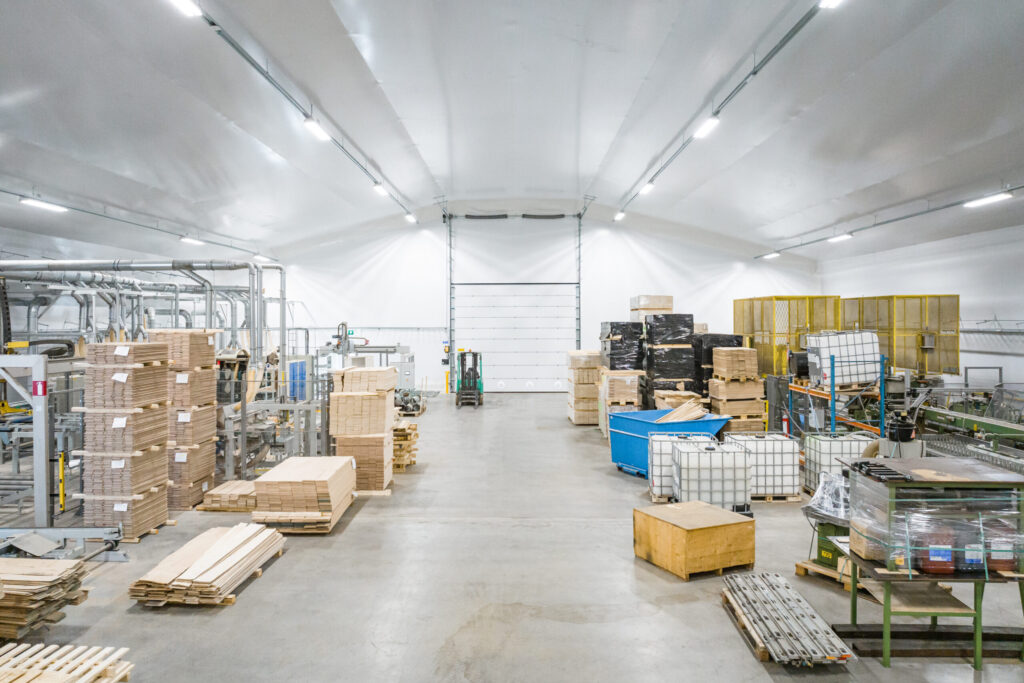How to Choose the Right PVC Hangar for Aviation & Logistics
The aviation and logistics industries require durable, flexible, and cost-effective storage solutions. Traditional steel or fabric hangars often come with limitations—high costs, long construction times, or insufficient weather resistance. PVC hangars have emerged as a superior alternative, offering quick installation, excellent durability, and adaptability to harsh climates.
Key Factors When Choosing a PVC Hangars
1. Size & Space Requirements
The first consideration is the size of the aircraft or cargo you need to store. Small private planes require different dimensions compared to large cargo aircraft or military drones. Clear-span designs (no internal columns) maximize usable space, while modular options allow future expansion.
For logistics, consider stacking height and floor space for efficient storage. Warmeks offers custom sizing to fit exact requirements, whether for a single helicopter or a fleet of cargo planes.
2. Material Quality & Durability
Not all PVC fabrics are equal. High-quality PVC-coated polyester provides superior resistance to UV rays, fire, and extreme weather. In Northern Europe and Central Asia, where snow loads and strong winds are common, the hangar must meet strict wind (up to 30 m/s) and snow load (up to 150 kg/m²) ratings.
Warmeks uses EU-certified materials that withstand harsh winters, heavy rain, and prolonged sun exposure, ensuring long-term durability.
3. Insulation & Climate Control
For aviation and logistics, maintaining a stable internal temperature is vital. Insulated PVC hangars reduce condensation, prevent ice buildup, and protect sensitive equipment. Options include:
- Thermal liners (for cold climates)
- Ventilation systems (to control humidity)
- Energy-efficient designs (to lower heating costs)
4. Customization & Features
A well-designed PVC hangar should include:
- Door types (sliding, bi-fold, or hydraulic for large aircraft)
- Lighting & electrical integrations for maintenance work
- Anchoring systems (concrete, ground screws, or mobile bases)
Warmeks provides tailor-made solutions, including reinforced doors for heavy cargo and specialized anchoring for temporary setups.
Comparing PVC Hangars to Alternatives
- PVC vs. Steel Hangars
- Cost: PVC hangars are 50-70% cheaper than steel structures.
- Portability: PVC can be relocated, while steel is permanent.
- Maintenance: PVC requires minimal upkeep, unlike steel, which rusts and needs repainting.
- PVC vs. Fabric Structures
- Durability: PVC lasts 15-25 years, while standard fabric degrades faster.
- Weather Resistance: PVC handles heavy snow and wind better than thin fabric.
- PVC vs. Permanent Buildings
- Permits: PVC hangars often don’t require complex permits.
- Installation Time: Erected in days, not months.
Top Applications in Aviation & Logistics
- Private Aircraft Storage – Protects planes from ice, snow, and UV damage.
- Military & Drone Hangars – Quick-deploy shelters for defense operations.
- Cargo & Warehouse Logistics – Spacious, insulated storage for goods.
- Temporary Event Hangars – Used for air shows, exhibitions, or emergency storage.
Warmeks has supplied PVC hangars for Nordic aviation companies, military units, and logistics hubs, proving their reliability in extreme conditions.
Conclusion
Choosing the right PVC hangar involves assessing size, material quality, insulation, and customization. For aviation and logistics businesses in Estonia, the Baltics, Central Asia, and Ukraine, Warmeks offers durable, cost-effective, and quick-to-install solutions.



